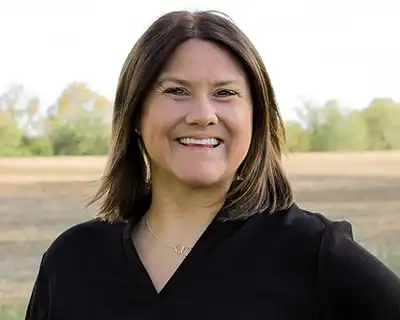Innovation Center for U.S. Dairy, an America’s Conservation Ag Movement partner, unveiled some big moves in the private sector that may make it easier for dairy producers to capitalize on carbon credits to benefit both climate and their bottom lines.
In their latest Member Discovery Series webinar, Newtrient COO Chris Kopman discussed a partnership made public in February that aligns Newtrient and its mission to reduce the environmental footprint of dairy with Athian and its carbon credit marketplace designed to fund livestock sustainability.
During the webinar, Kopman expressed optimism of the growth that the dairy industry has made toward climate-smart efforts to get to this point.
“A lot of the solutions are either here or on their way,” he said. “We think there’s a huge opportunity within dairy and dairy farms to reduce the environmental footprint.”
Kopman said that his company’s seed investment in Athian would give dairy producers a “seat at the table” to further develop climate-smart goals that benefit the entire value chain.
Athian CEO/Founder Paul Myer highlighted goals in bringing their platform to producers and the benefit it could yield for the industry.
“Typically when we make a presentation, we talk first about how we move the needle on climate change, and that is the overarching goal of all these interventions and the processes that take place on-farm,” he said. “When I start talking about this challenge, we look at the commitments that the industry has made to cut the greenhouse gas footprints over time. In this group specifically, we really take the producers’ view, which is that lots of consumer package goods companies, retailers and foodservice providers have made commitments, and certainly packers and processors in dairy co-ops have made similar greenhouse gas reduction commitments. By and large, producers and farmers have not made these commitments, but they’ve got a commitment to do what is right for their herds and for the land that they farm.”
According to Myer, the total U.S. GHG emissions now stands at 6 billion MT, with animal agriculture making up 254 million MT or roughly four percent of that.
“If you break this down into a carbon credit that’s tied to a single metric ton of greenhouse gas reduction, there’s a huge potential to generate significant revenue if we are able to make on-farm changes that cut greenhouse gas emissions,” he said.
One barrier that both Kopman and Myer see as integral to achieving these levels is funding.
“The economics are what we have to get right in order for that to happen,” Kopman said. “We need that economic piece to be there to voluntary incentivize farms to take the step to implement climate smart solutions.”
Kopman and Newtrient are looking for opportunities within the Inflation Reduction Act and the Regional Conservation Partnership Program (RCPP) to help make these on-farm changes achievable for producers.
Currently, the partnership is collecting data on more than 70 U.S. farms, with Athian’s calculator sitting on top of current on-farm assessment tools to leverage data collection.
While this partnership between Newtrient and Athian is a big step for producers, it is only a piece of the work that needs to be done to fully realize dairy’s role in climate-smart change, Myer said.
“Everything that we do is underpinned by the overall industry and the scientific community coming together to take the greenhouse gas problem as a whole and work together to solve it,” he said. “We fundamentally believe that no single company can solve this problem on their own, just as no single farmer can solve this problem. It really needs to be an overall industry effort.”
To learn more and see what upcoming events and webinars the Innovation Center for U.S. Dairy has to offer, visit their website.



